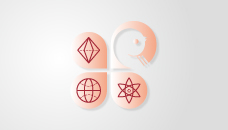He Jun, Xu Kexin, Liu Rong, Li Chenxi. Effect of diffuse reflection path-length of near-infrared on sensitivity of glucose concentration detection[J]. Infrared and Laser Engineering, 2016, 45(s1): 104006
Search by keywords or author
- Infrared and Laser Engineering
- Vol. 45, Issue s1, 104006 (2016)
Abstract

Set citation alerts for the article
Please enter your email address



